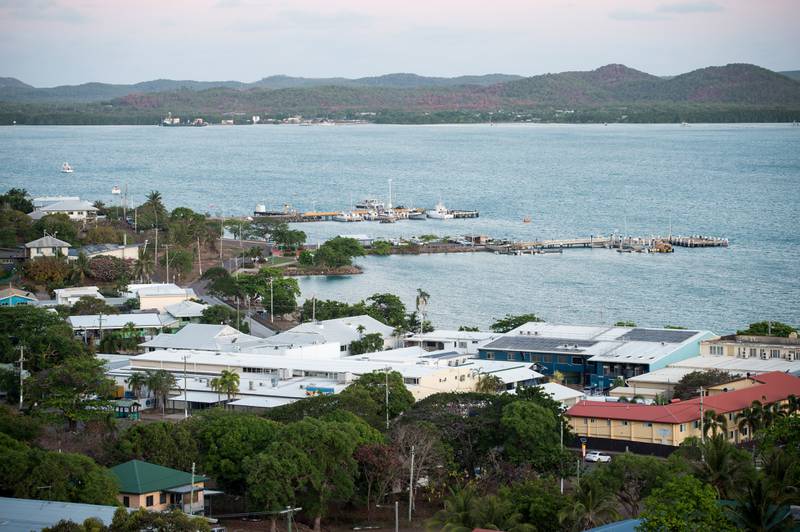 The travel industry must take 'aggressive' action to pursue its decarbonisation plans, WTTC chief says. EPA
The travel industry must take 'aggressive' action to pursue its decarbonisation plans, WTTC chief says. EPA
The travel and tourism sector's greenhouse gas emissions are declining even as the industry continues to grow but it must pursue decarbonisation plans “aggressively”, the World Travel and Tourism Council chief said.
Between 2010 and 2019, the sector’s gross domestic product grew on average 4.3 per cent annually while its environmental footprint increased by 2.4 per cent, according to the latest data on the industry's climate impact by WTTC and Saudi Arabia-based Sustainable Global Tourism Centre.
The sector was responsible for 8.1 per cent of global greenhouse gas emissions in 2019, down from previous estimates of 11 per cent, according to the data.
“Until now, it's not been possible to quantify the actual impact that we're having on the climate, we simply as a whole sector did not have the data,” Julia Simpson, president and chief executive of WTTC, said on Monday, as the tourism body launched its environment and social impact report for travel and tourism.
“It is a ground-breaking piece of research that allows us to measure and track our sector's climate footprint … So now we know what we are working with,” she said.
The new report will give travel and tourism businesses the latest data on the areas they need to focus on for a climate action plan and provide governments with facts on how to meet SDG targets, Ms Simpson said at the WTTC Global Summit in Riyadh.
“We have started on the journey of growing our businesses but reducing our carbon intensity and this is critical. While our total emissions are at the lower range of previous estimates, we will need to decarbonise absolutely aggressively but we cannot do this alone,” she said.
The WTTC chief highlighted the top priorities for the sector including a shift to renewable energy and increasing both the production and use of sustainable aviation fuels (SAFs) in aircraft.
“In 2019, around one-fifth of emissions came from electricity, so while we look to our own energy efficiency, we need governments to help us switch to renewables for the energy we use from the grid every time we turn a light on in our hotel room,” she said.
While electric and hydrogen aircraft will become a possibility in the future, the use of SAF now will help the aviation industry reach the Paris Agreement targets.
“It is critical that we have wide-scale availability of SAF. We need a commitment by fuel producers … to produce SAF and policies by governments to incentivise the production of SAF,” Ms Simpson said. “The technology for SAF already exists, we need governments to make it a priority.”
While climate change is a planet-wide problem, it is also an opportunity to preserve natural resources for future generations.
“We will not only protect the world and its abundance of resources but ensure they are the inheritance of every future traveller, so that beyond the horizon lies yet again a new wonder,” Ms Simpson said.
The aviation industry is taking steps towards its target of net-zero emissions by 2050, amid growing pressure from climate change activists over the impact of billions of additional passengers that are expected to take to the skies in the coming years.
